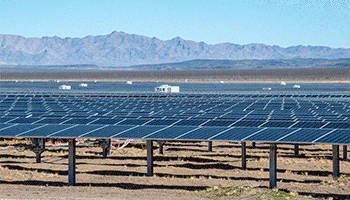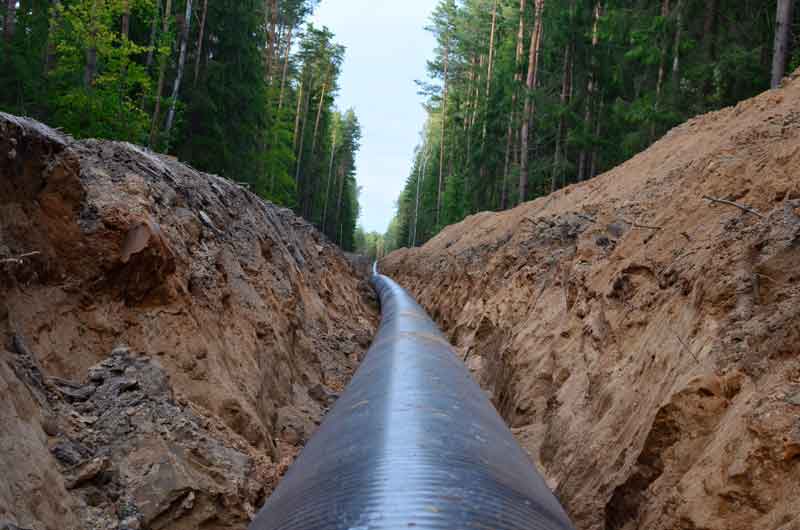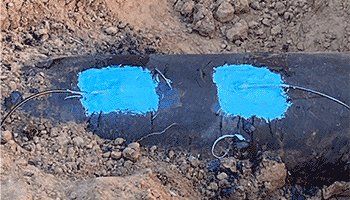The Appalachian Underground Corrosion Short Course (AUCSC) stands as a cornerstone of corrosion protection education, and this year’s event promises to be nothing short of exceptional. The 69th annual gathering, on May 7-9, 2024, is expected to welcome over 1,200 attendees, offering a comprehensive three-day exploration from the fundamentals to advanced knowledge in corrosion mitigation strategies.
Insights from Geoff Rhodes
Geoff Rhodes is the Proposal Manager and a CP field engineer at MATCOR, as well as a dedicated member of the AUCSC General Committee who has invaluable insights into the event. Geoff’s journey with AUCSC began in 2003 as a student, evolving into a pivotal role as a General Committee member in 2004. Over the years, he has transitioned from a student to an instructor, demonstrating a steadfast commitment to advancing the knowledge base within the corrosion protection community.
Contributions to AUCSC
With a wealth of experience under his belt, Rhodes has served as the sub-chair for both the Basic and Technology Today tracks, ensuring the seamless execution of instructional content and the alignment of topics with industry trends.
His contributions have been instrumental in shaping the educational landscape of AUCSC, fostering an environment conducive to learning and professional growth.
Diverse Cathodic Protection Curriculum
The AUCSC curriculum caters to a diverse audience, offering programming tailored to both non-technical individuals and seasoned field technicians and engineers. Attendees can delve into a myriad of topics, ranging from coatings and pipeline integrity management to specialized techniques such as laser ablation of coatings and internal corrosion mitigation.
Outdoor workshops further enrich the learning experience, providing hands-on exposure to cutting-edge corrosion prevention technologies and methodologies.
Expo Highlights
Beyond the classroom, the event features an expo with over 100 vendors, offering attendees the chance to explore the latest products and services in the corrosion protection industry. This convergence of education and networking opportunities makes AUCSC a must-attend event for professionals seeking to stay abreast of the latest developments in cathodic protection and related disciplines.
Rhodes’ Reflections
Reflecting on his tenure with AUCSC, Rhodes emphasizes the profound impact of the event on his professional journey, including staying abreast of trends and networking with peers. His sentiment is echoed by industry stalwarts like George Krewson, a former AUCSC Chairman, who says, “If I had to recommend just one conference for industry education each year, AUCSC would be it.”
Rhodes’ Expertise and MATCOR
Geoff Rhodes’ extensive experience as a participant and contributor to AUCSC underscores the event’s significance within the corrosion protection community. As MATCOR’s proposal manager and field engineer, Rhodes continues to leverage his expertise to drive innovation and excellence in corrosion mitigation strategies. With certifications from AMPP for CP Technologist and Internal Corrosion Technologist, Rhodes exemplifies the commitment to continuous learning and professional development embodied by AUCSC.
Corrosion Protection Education
In summary, the Appalachian Underground Corrosion Short Course is a beacon of excellence in corrosion protection education. Year after year, it remains a vital platform for knowledge exchange, collaboration, and professional advancement—a testament to the enduring legacy of committed industry veterans like Geoff Rhodes.

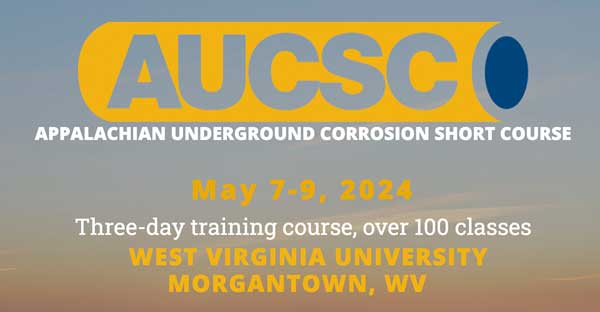
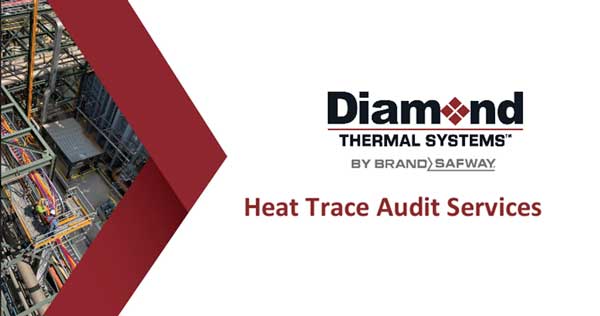
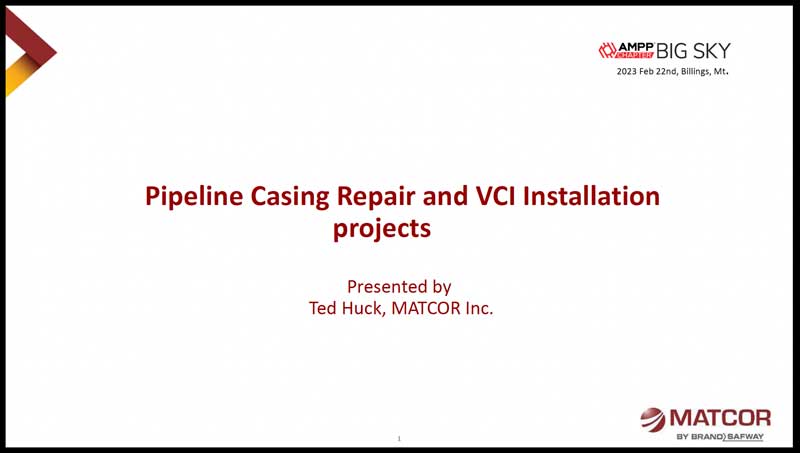
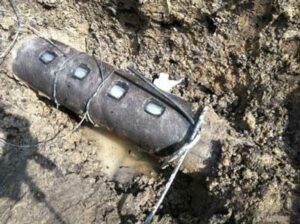
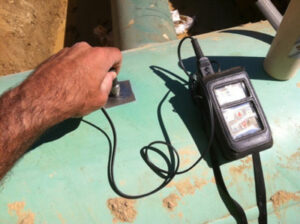
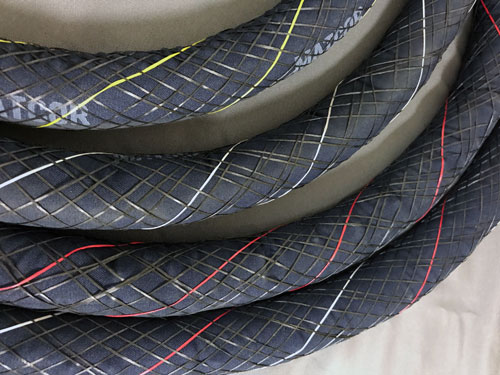 In February 2020, MATCOR revamped our
In February 2020, MATCOR revamped our 
